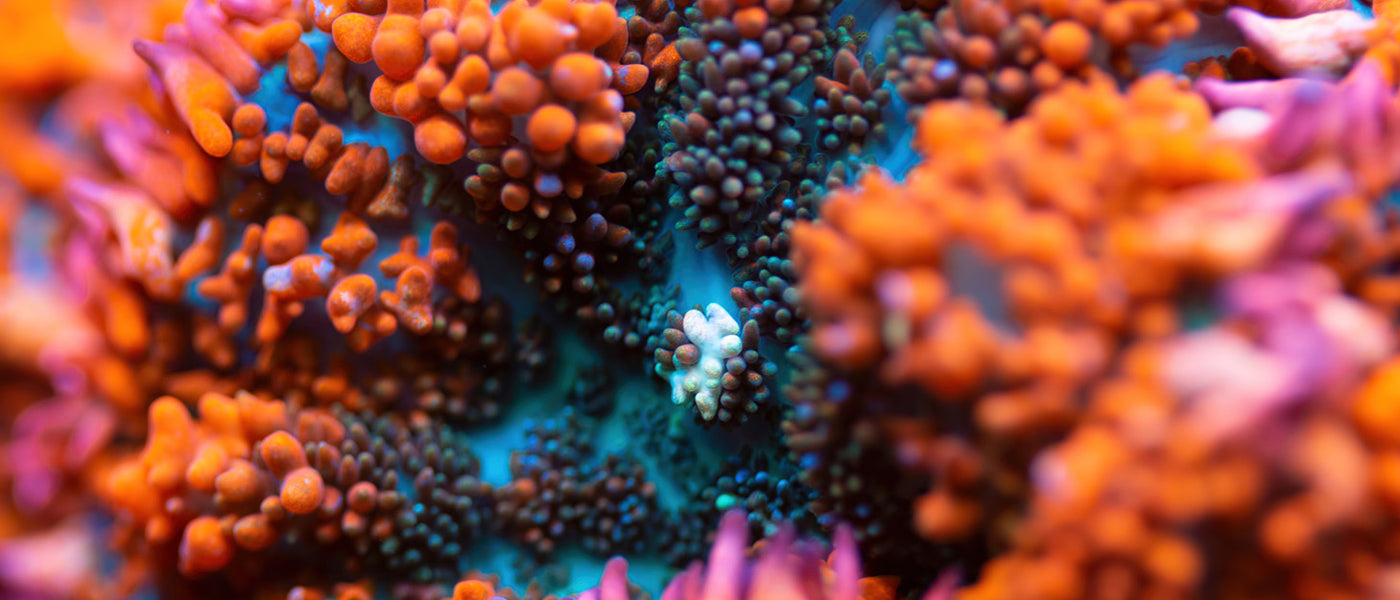Quarantine tanks should be used by all members of the aquarium hobby when  introducing new fish to a tank, but are unfortunately used by less than 5% of all aquarium owners. Every time we bring a new inhabitant into our aquarium we run the risk of introducing disease and parasites. At the same time, new fish will be very stressed from transport and relocation and will be very susceptible to any diseases or parasites present in the new environment. A quarantine tank protects your existing investment while allowing new fish to regain optimum health before their final stressful transition. In our opinion, a quarantine tank is a vital piece of equipment that should be used by all aquarists.?
introducing new fish to a tank, but are unfortunately used by less than 5% of all aquarium owners. Every time we bring a new inhabitant into our aquarium we run the risk of introducing disease and parasites. At the same time, new fish will be very stressed from transport and relocation and will be very susceptible to any diseases or parasites present in the new environment. A quarantine tank protects your existing investment while allowing new fish to regain optimum health before their final stressful transition. In our opinion, a quarantine tank is a vital piece of equipment that should be used by all aquarists.?
Why don't people have quarantine tanks?
Most people don't have a quarantine tank because of the extra expense and maintenance that the tank will require. However a quarantine tank doesn't need to be large or expensive, and in the end it will pay for itself many times over. In fact, once someone gets into the habit of using a quarantine tank, they are so impressed with the benefits and uses that they would never be without one.
What are the benefits of quarantine tanks?
In addition to preventing the spread of infectious disease, quarantine tanks allow the new fish to get adjusted to a new type of water and food. When they are not being used for quarantine, these tanks can also double as treatment tanks. Treating the entire display tank for a problem that only infects a few fish is not a good practice. Quarantine tanks allow the infected fish to be safely treated without damaging fragile species or water quality in the display tank. Another use of quarantine tanks is to provide a breeding area for fish, a recovery area for harassed fish and a place to allow newly hatched fish to safely grow.
What equipment do I need for my quarantine tank?
Most quarantine tanks are set up with standard fluorescent lighting, a heater, easy-to-clean rocks, and pvc tubes or plastic plants to provide the fish with much-needed cover. For filtration, a sponge filter works well and the sponge can be colonized with nitrifying bacteria by placing it in the sump of your wet dry filter, or in the main display if a sump isn't available between uses. Make sure to disinfect and rinse well between uses. Most quarantine tanks don't have substrate, making them easier to clean and disinfect.
How do I disinfect my quarantine tank?
Tanks and equipment can be disinfected between uses with a mild (2-5%) Clorox solution. Make sure all traces of Clorox are rinsed off before re-using. Drying also kills many but not all aquatic pathogens. Make sure to have a separate siphon for your quarantine tank and disinfect it as well between uses.
?
What size of quarantine tank should I use?
A 29-gallon tank makes an excellent quarantine tank and is perfect for most freshwater and saltwater applications. However, a slightly larger or smaller tank can work as well.
How long should I quarantine my Fish?
Most hobbyists will keep their fish in quarantine for 2 to 4 weeks. During that time they often treat for parasites with a Copper Sulfate treatment for 14-21 days, and only treat for bacterial infections if there are obvious symptoms (ragged fins, red spots, etc.). Make sure to do 10-15% water changes every other day to keep the tank healthy.

